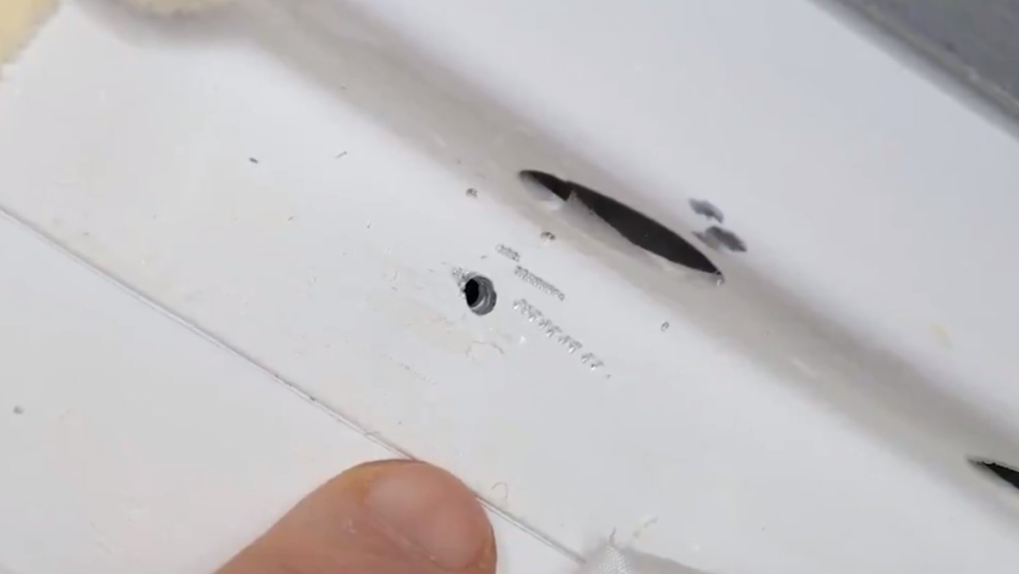It was late August when a mysterious hole was discovered in a Soyuz spacecraft attached to the International Space Station. The hole, which had apparently be hastily patched before the Soyuz launched from Earth, eventually broke open and began leaking air out into space, at which point the space station’s system detected it.
Initially thought to be the result of a micrometeorite impact, subsequent investigation revealed it to be man made, and Russia launched a full investigation to determine where and when it was created. Now, with the Soyuz nearing its reentry date, Russian cosmonauts aboard the ISS will venture out into space to get a better look at the damage from the outside.
Oleg Kononenko and Sergei Prokopyev will perform a six-hour spacewalk to inspect the exterior of the Soyuz, taking samples of the insulation covering the hole from the outside. Those samples will eventually be returned to Earth when the Soyuz departs the space station and brings crew members back home.
News out of Russia regarding the damage has been confusing to say the least. Once it was revealed that the hole was man made, Roscosmos officials quickly began searching for the point in the manufacturing process where the hole was created. The damage was apparently patched before the Soyuz actually launched into space, and it wasn’t until it was attached to the space station that the makeshift repairs broke loose and started leaking.
The Russian space agency is reportedly still in the midst of its investigation into the hole and its origins. Shortly after the hole was discovered, reports out of Russia suggested that a culprit had already been found, but Roscosmos hasn’t made any definitive public announcements. The agency says it will be coordinating with NASA and others involved in the ISS program to discuss the results.
NASA, meanwhile, has stood by its Russian counterparts and says it has full confidence that Roscosmos will get to the bottom of things. Of course, NASA doesn’t really have much choice in this regard, considering Russia is currently the space agency’s only crewed launch partner until SpaceX and Boeing get their acts together.








